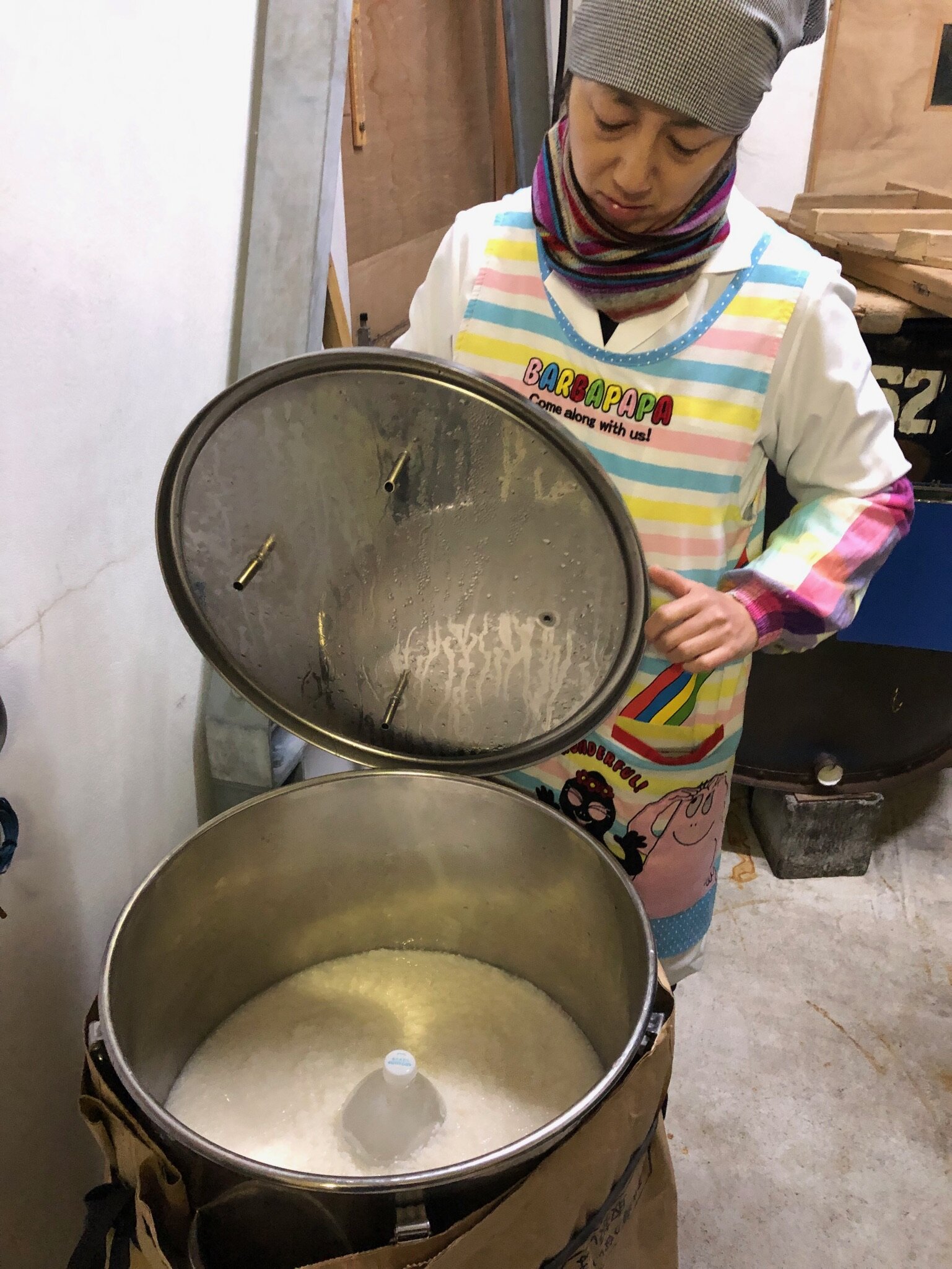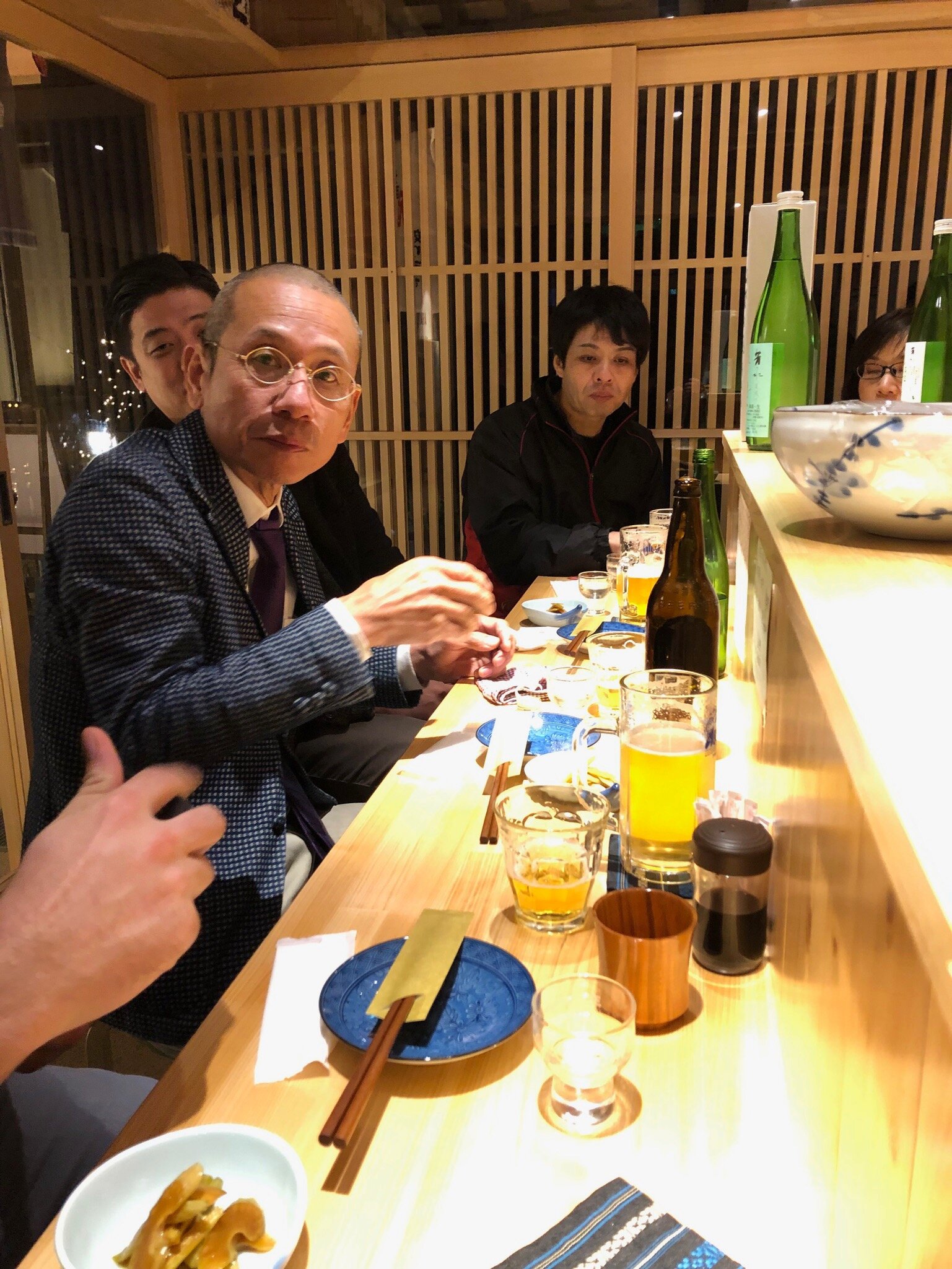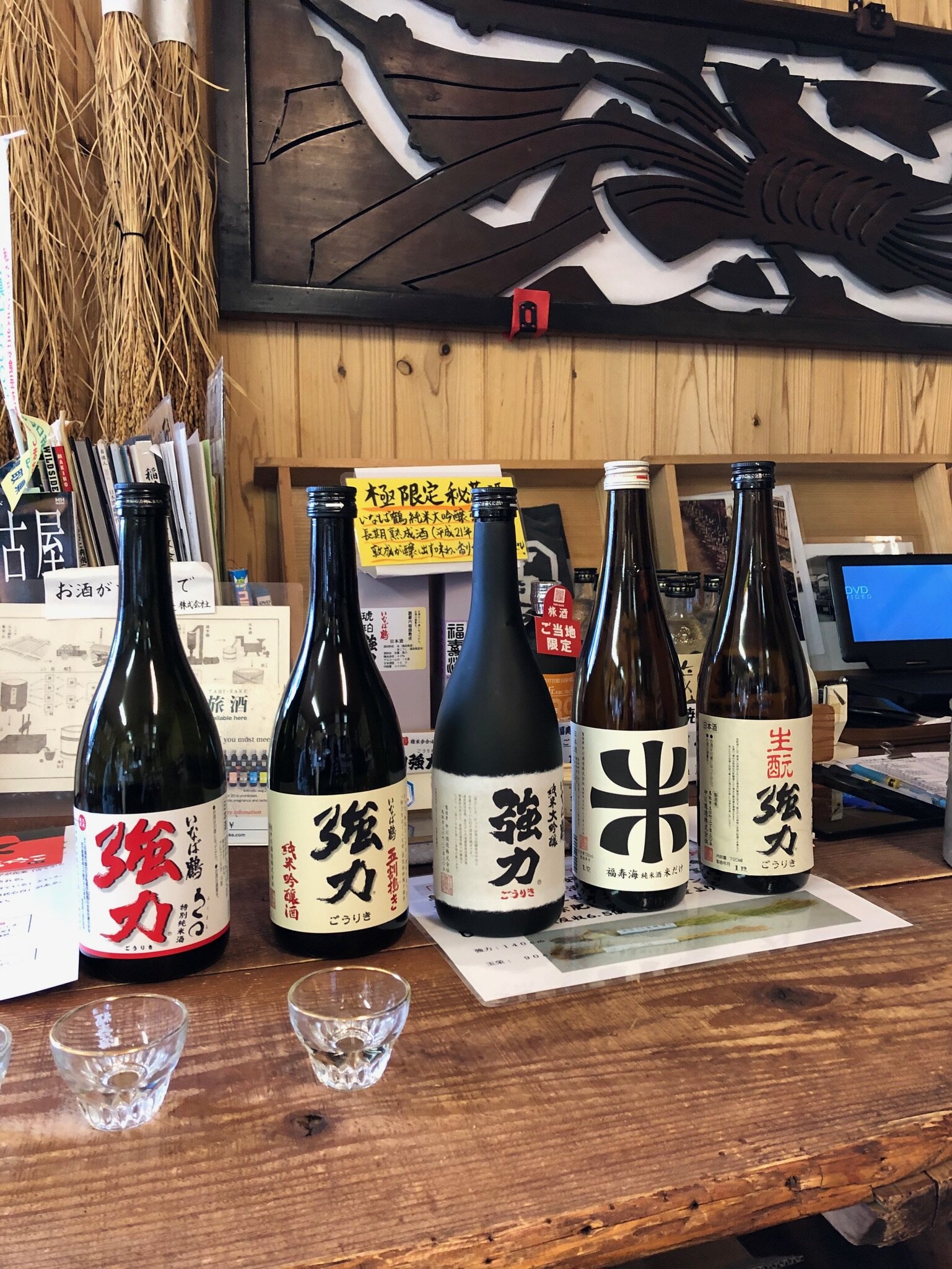
Sake Grades & Styles

Sake Classifications
Sake is divided into grades based on rice milling; the resulting Sakes are very different in style but may be of equal quality. Generally speaking, higher mill grades yield a lighter, refined Sake, while lower milling grades yield a richer, fuller-bodied Sake.
JUNMAI DAIGINJO
Top of the line Sake that are meticulously hand-brewed in small, labor-intensive batches using select koji, highly-milled Sake rice, aromatic yeasts, and the purest water available; often considered to be a brewery’s signature Sake.
DAIGINJO
Similar to Junmai Daiginjo in quality and technique but includes a small addition of brewers alcohol to enhance the aromas and lighten the body. Daiginjo-style Sake can make a brewery’s reputation and is the favorite brewery submission for international competitions.
JUNMAI GINJO
Premium Sake brewed using high-quality Sake rice milled to 60%-50% remaining, typically fermented more slowly at cold temperatures using aromatic “ginjo-style” yeasts. The resulting Sake are refined and express a highly fruity character yet still carry the weight of Junmai.
GINJO
With a small addition of brewers alcohol, Ginjo Sake are lighter and more delicate than their Junmai Ginjo counterparts. At a minimum, the rice must be milled to 60% remaining. Modern brewing techniques such as cold fermentation, reduced percentage of koji rice in the mash and the use of modern yeasts create Sake that showcase their aromatic beauty.
TOKUBETSU JUNMAI
“Special” Junmai is a category without official rules governing the name Tokubetsu. Stylistically, Tokubetsu straddle Junmai to Ginjo, and allows brewers the freedom to experiment outside of a brewery’s usual offerings. Affectionately referred to as the “Brewer’s Omakase,” there is only a brewers’ honor system that requires there to be something special about these Sake.
JUNMAI
The first and oldest tier of premium Sake. In this tier, only rice, water, yeast, and koji may be used; the addition of alcohol, or any other additives, is strictly prohibited. Junmai are among Japan’s richest, most complex and traditional Sake.
HONJOZO
Honjozo Sake are a relatively new addition to the Sake world. The addition of brewers alcohol at the end of fermentation enhances the fruity notes; subsequent final dilution lightens the body creating a clear, clean, easy-drinking character.
NIGORI
Nigori is a style of Sake that is coarsely filtered resulting in a creamy, cloudy appearance from the rice solids remaining in the bottle. Nigori comes in a wide variety of styles, from hazy to opaque, and dry to sweet. It is recommended that the bottle be gently shaken to properly stir the sediments before serving.
SPARKLING
Sparkling Sake, a relatively recent introduction to Japan and the U.S., are effervescent and typically light to moderately sweet. They undergo natural secondary fermentation in closed tanks, with an average ABV of 6% to 9%. Aromas and flavors range from tropical fruit to melon and yuzu.
SHOCHU
Japan’s original distilled spirit made from koji rice and a secondary grain or starch source. Among the 54 approved plants and flowers the most popular are sweet potato, barley, rice, buckwheat and sugar cane. Japanese Honkaku Shochu employ traditional single distillation with a typical ABV range of 25% to 37%. Shochu does not contain sulfites, does not oxidize and can maintain its quality indefinitely.
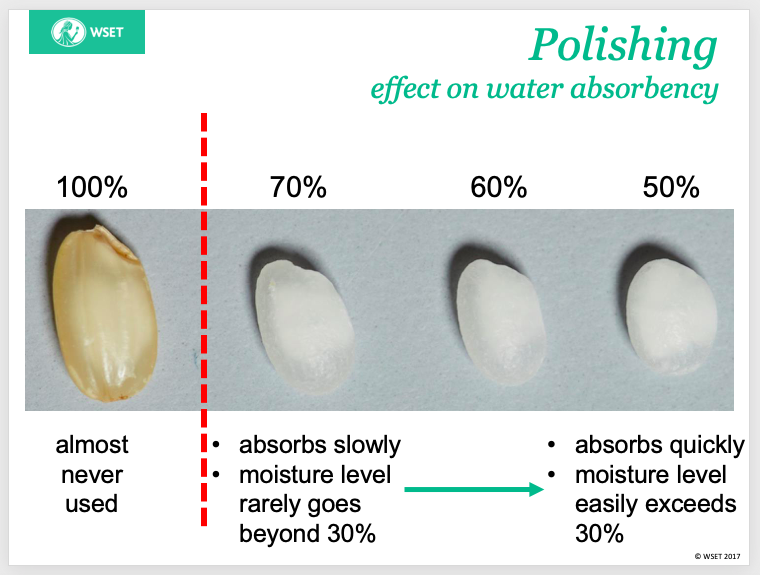
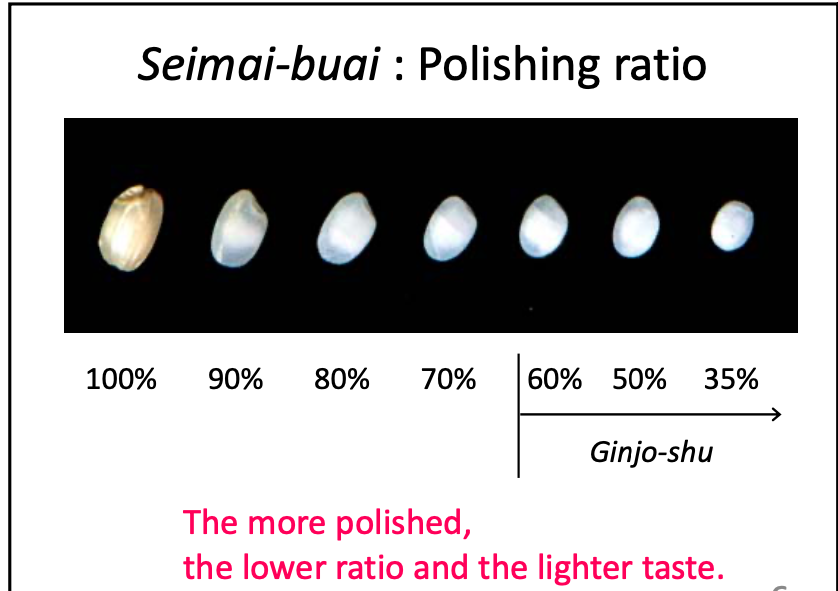

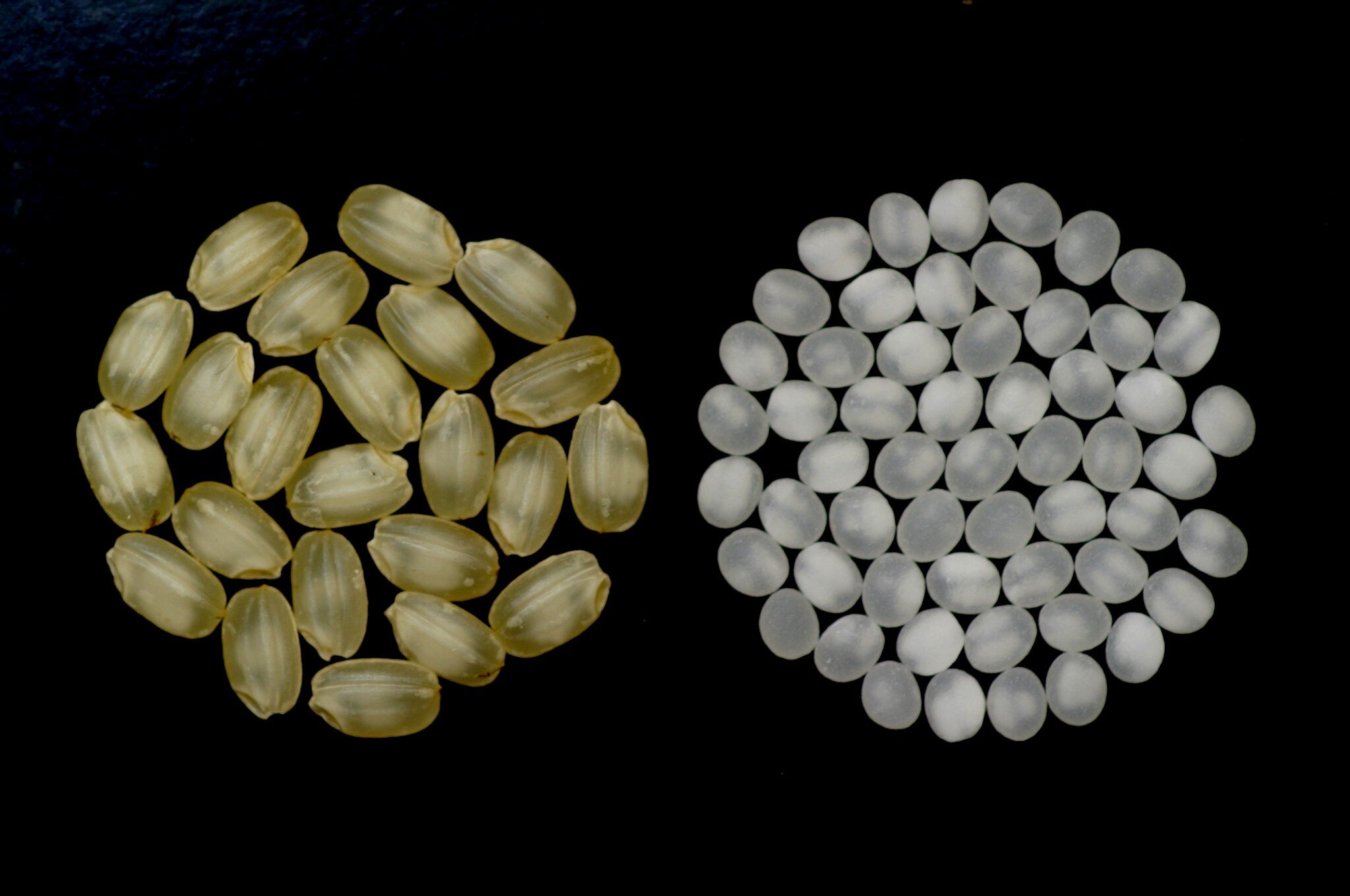
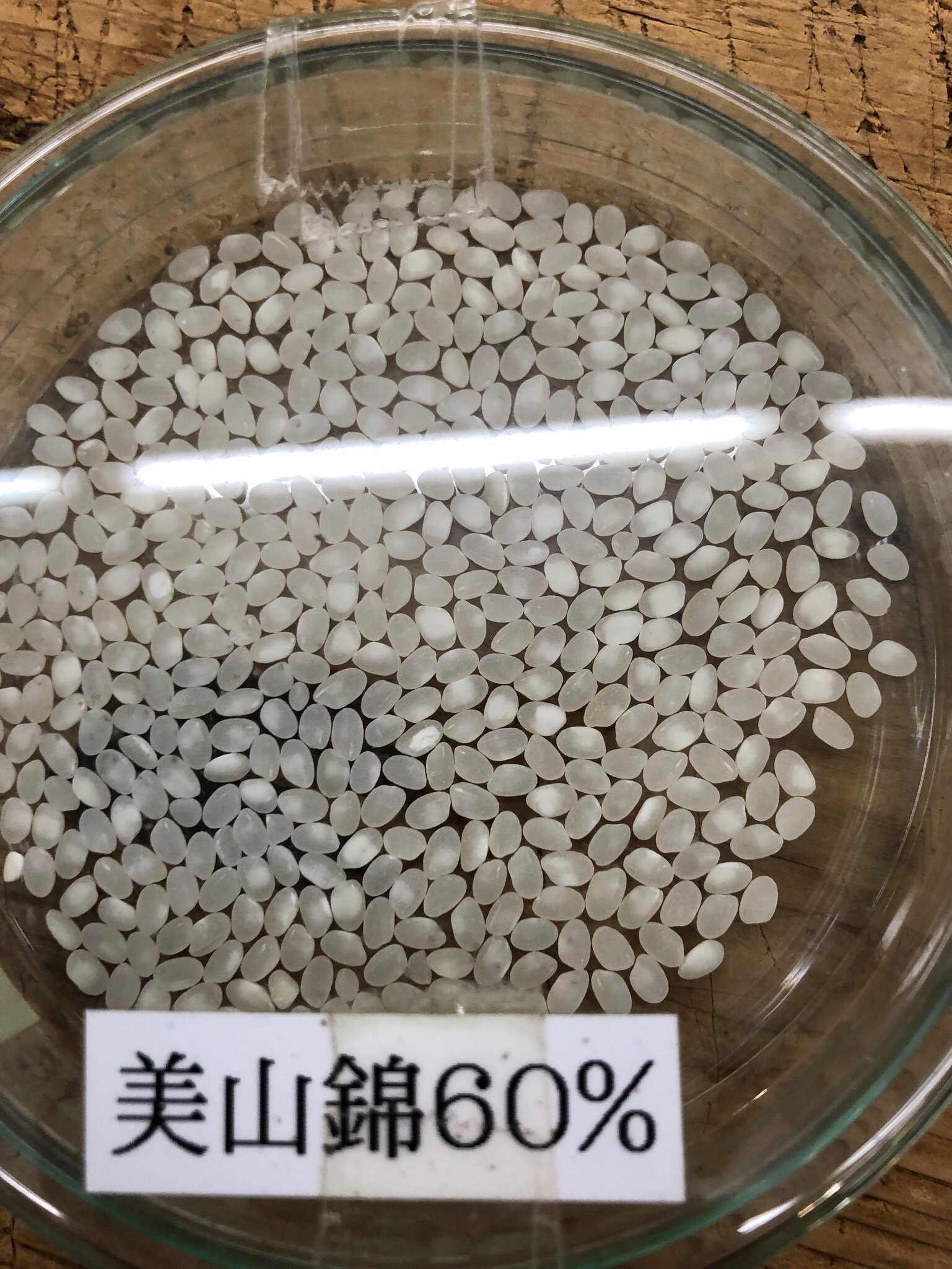
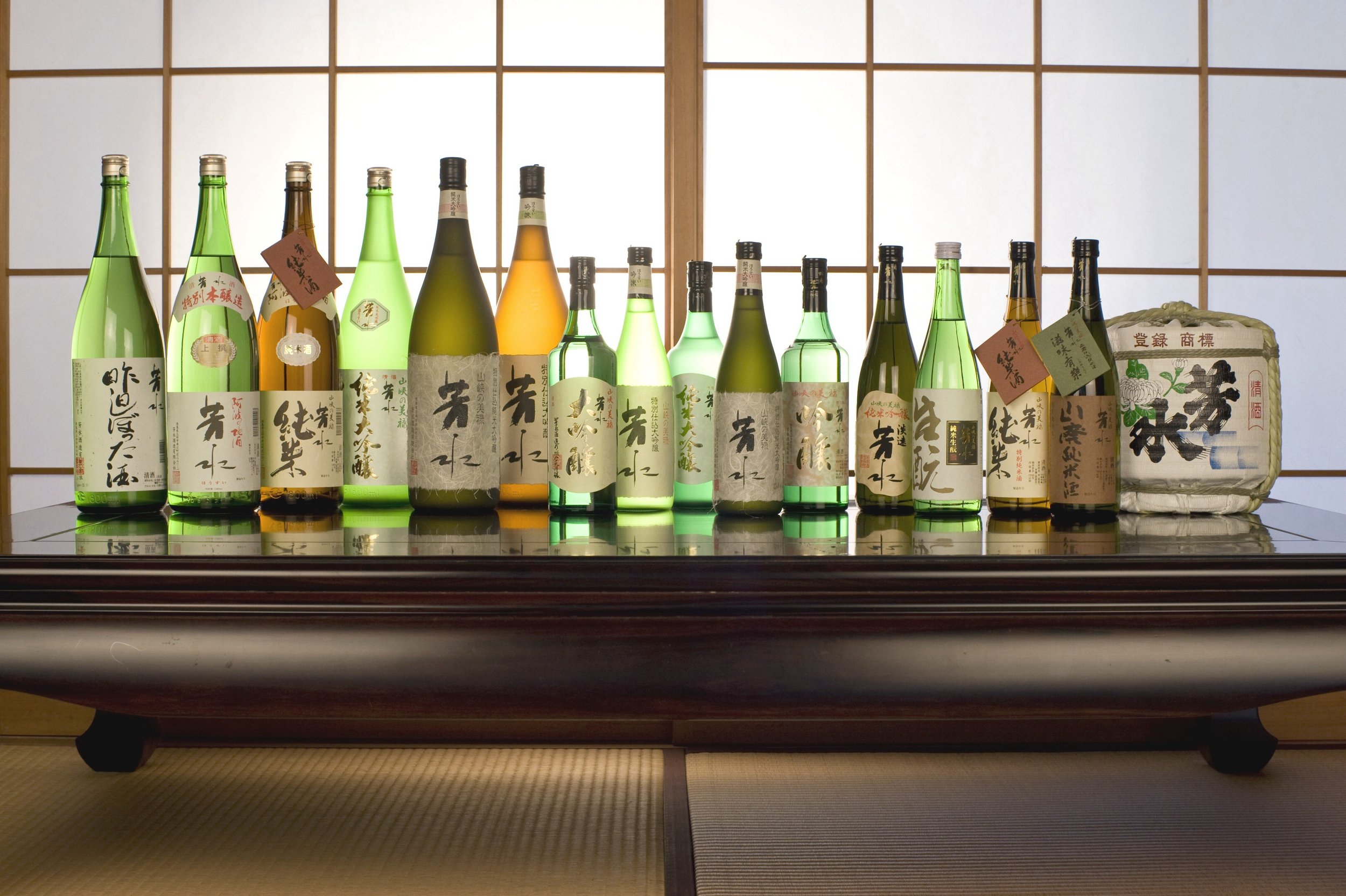
Glossary of Common Terms
A list of terms that can be commonly found on the label to help identify the style/type of Sake.
GENSHU
”Barrel strength,” no water dilution
KOSHU
Minimum 36 months of ageing before release
NAMAZAKE
Unpasteurized temperature sensitive
NAMA CHOZO
Stored as namazake and then pasteurized just before shipping
NIGORI
Cloudy Sake; i.e. Sake with some remaining lees/rice particles
TARUZAKE
Barrel-aged
ARUTEN
Brewers’ alcohol added to the moromi
SPARKLING
Carbonation that is naturally occurring or added post-fermentation
SHIZUKU
Process of drip-pressing the Sake; best and most delicate
ARABASHIRI
First 1/3 of the batch from the press; high-quality
MUROKA
No charcoal, or micron-filtration
UMESHU
Plum wine made with a

Sake Fermentation Starter Types
(Shubo or Moto Types)
BODAI / MIZUMOTO
The oldest Moto starter; single-stage fermentation
KIMOTO
Developed following Bodai; fermented using naturally occurring lactic acid
YAMAHAI
A slightly more modern form of Kimoto starter
SOKUJO
Modern-style Moto starter; lactic acid added at the beginning
KOONTOOKA
The most modern Moto starter; the Moto is pasteurized with hot water before fermentation






